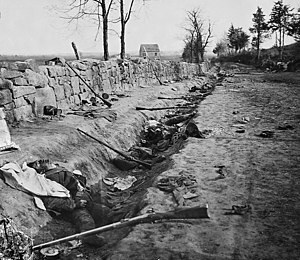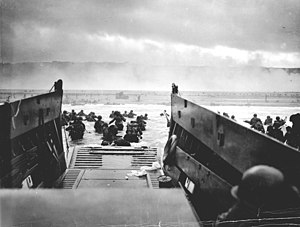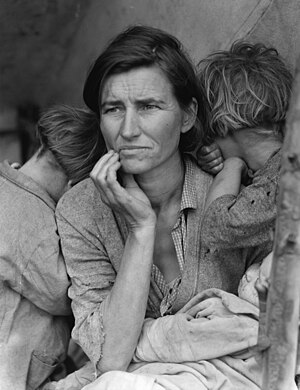Photojournalism
| Art Appreciation and Techniques (#ART100) | |
|---|---|
| Artistic media: The camera arts | Overview | Introduction | Early development | Impact on other media | Form and content | Darkroom processes | The human element | Color images | Photojournalism | Modern developments | Film, video and digital | Summary |
The news industry was fundamentally changed with the invention of the photograph. Although pictures were taken of newsworthy stories as early as the 1850’s, the photograph needed to be translated into an engraving before being printed in a newspaper. It wasn’t until the turn of the nineteenth century that newspaper presses could copy original photographs. Photos from around the world showed up on front pages of newspapers defining and illustrating stories, and the world became smaller as this early mass medium gave people access to up-to-date information…with pictures!
Photojournalism is a particular form of journalism that creates images in order to tell a news story and is defined by these three elements:
- Timeliness — the images have meaning in the context of a recently published record of events.
- Objectivity — the situation implied by the images is a fair and accurate representation of the events they depict in both content and tone.
- Narrative — the images combine with other news elements to make facts relatable to the viewer or reader on a cultural level.
As visual information, news images help in shaping our perception of reality and the context surrounding them.
Photographs taken by Mathew Brady, Timothy H. O'Sullivan and others photographers during the American Civil War gave sobering witness to the carnage it produced. Images of soldiers killed in the field help people realize the human toll of war and desensitize their ideas of battle as being particularly heroic.Photojournalism’s “Golden Age” took place between 1930 and 1950, coinciding with advances in the mediums of radio and television. Margaret Bourke-White’s photographs helped define the standards of photojournalism. Her work with Life magazine and as the first female war correspondent in Europe produced indelible images of the rise of industry, the effects of the Dust Bowl, the Great Depression and World War Two. Ammonia Storage Tanks (1930) shows masterful composition as she gets four of the massive tanks into the picture. The shadows, industrial grids of metalwork and the inclusion of figures at the top for an indication of scale make a powerful visual statement about the modern industrial landscape. One of her later photographs, A Mile Underground, Kimberly Diamond Mine, South Africa (1950) frames two black mine workers staring back at the camera lens, their heads high with looks of resigned determination on their faces.
Photojournalism does not always find the story in far away places. More often it is in the urban settings of big cities. Weegee (born Arthur Fellig) made a living as a ubiquitous news photographer on the streets of New York City. He documented the sensational, from murders to entertainment, and kept a police radio in his car so as to be the first on the scene of the action. His photo Simply Add Boiling Water from 1937 shows the Hygrade frankfurter building in flames while firemen spray water into it. The photo’s title is ironic and taken from the sign across the center of the building.


